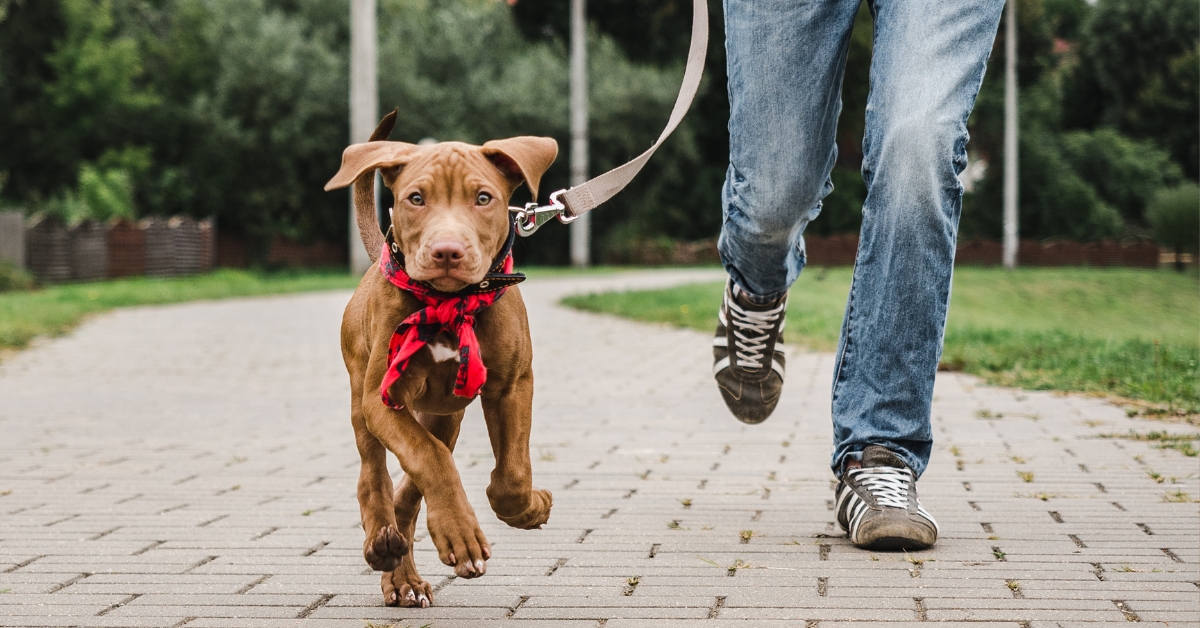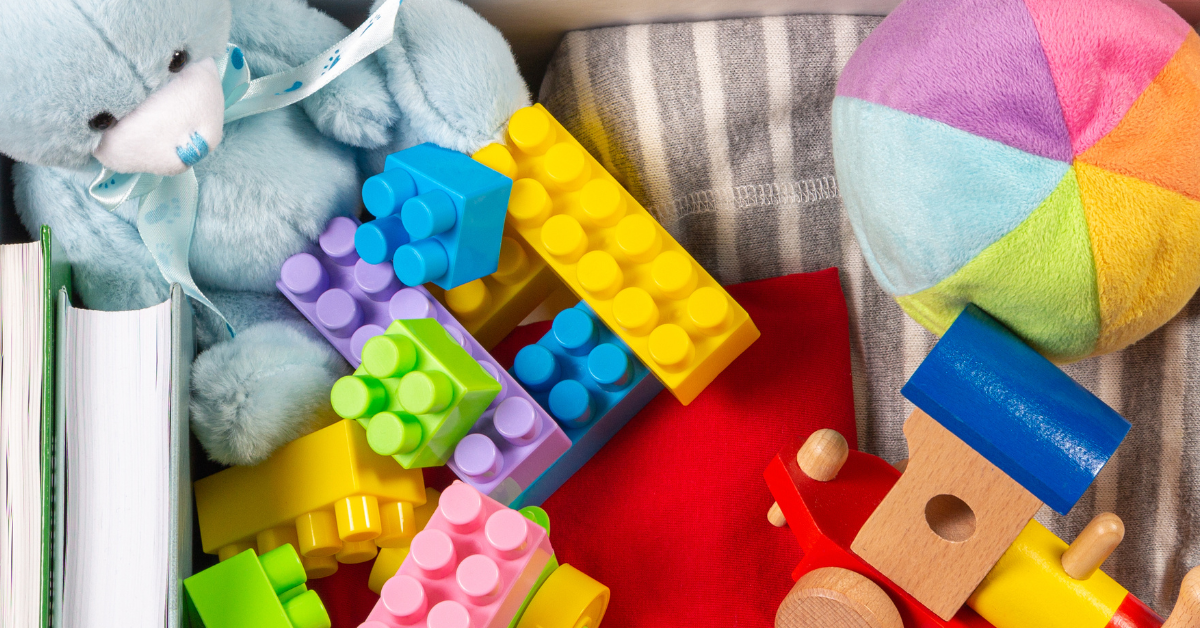How to Train a Dog OffLeash. Off-leash training opens up a world of possibilities for both dogs and their owners. It’s a journey that requires dedication, understanding, and a solid foundation in basic commands for How to Train a Dog OffLeash. By following a systematic approach, you can create a bond with your furry friend that goes beyond the constraints of a leash.
Introduction
Off-leash training is not just about giving your dog more freedom; it’s a testament to the strong bond and communication you share. Before delving into the specifics of the training process, let’s explore why off-leash training is beneficial for both dogs and their human companions [How to Train a Dog OffLeash].
Benefits of Off-Leash Training
Increased Freedom for the Dog
Dogs inherently crave freedom and exploration. Off-leash training allows them to roam, sniff, and interact with their environment more naturally.
Enhanced Communication Between Owner and Dog
Off-leash training necessitates a higher level of communication. This not only strengthens the bond but also fosters a deeper understanding between you and your dog.
Improved Socialization
Off-leash dogs often have better social skills. The controlled exposure to various environments and other dogs contributes to a more well-rounded and socially adept companion.
Read more blogs : Peanut Butter and C diff Infections.
Understanding Your Dog’s Behavior
Before embarking on off-leash training, it’s crucial to understand your dog’s behavior and temperament. Each dog is unique, and recognizing their readiness for off-leash freedom is key to a successful training journey.
Basic Commands as Foundation
Building a strong foundation in basic commands lays the groundwork for successful off-leash training. Commands like sit, stay, and come are the pillars of control that ensure a safe and enjoyable off-leash experience [How to Train a Dog OffLeash].
Choosing the Right Environment
The initial stages of off-leash training should be conducted in a secure and controlled environment. Gradually introducing distractions allows you to gauge your dog’s responsiveness and adjust the training accordingly.
Utilizing Positive Reinforcement
Positive reinforcement is a powerful tool in off-leash training. Reward-based methods not only motivate your dog but also create a positive association with obeying commands.
Gradual Progression in Training
Off-leash training is a gradual process. Start with short sessions and incrementally increase the off-leash time as your dog becomes more comfortable and responsive [How to Train a Dog OffLeash].
Advanced Off-Leash Commands
As your dog progresses, introduce advanced commands that enhance control. Focus on recall and emergency commands to ensure reliable responses in various situations.
Addressing Challenges and Concerns
Off-leash training comes with its challenges, from distractions to potential risks. Addressing common issues and having strategies in place will help navigate through the training journey.
Consistency and Patience
Consistency is the key to successful off-leash training. Be patient, persevere through challenges, and maintain a positive attitude to foster a trusting relationship with your dog.
Proofing Commands in Various Environments
To ensure reliability, practice commands in different environments. This ‘proofing’ process instills confidence in your dog’s ability to obey commands regardless of the setting [How to Train a Dog OffLeash].
Safety Measures and Precautions
Prioritize your dog’s safety by using GPS collars and identification tags. Being proactive in ensuring a secure environment minimizes potential risks during off-leash activities.
Incorporating Play and Bonding
Make off-leash time enjoyable by incorporating play and bonding activities. Strengthening the connection between you and your dog contributes to a positive off-leash experience [How to Train a Dog OffLeash].
Monitoring Health and Well-being
Regular veterinary check-ups are essential for active dogs engaging in off-leash activities. Additionally, be vigilant in recognizing signs of stress or discomfort to maintain your dog’s overall well-being.
Conclusion
In conclusion, off-leash training is a rewarding journey that deepens the bond between you and your dog. By understanding your dog’s behavior, mastering basic commands, and progressing gradually, you can embark on a fulfilling off-leash experience. Consistency, patience, and safety measures are vital components of this training process, ensuring a harmonious and enjoyable off-leash relationship.
How to Train a Dog OffLeash – FAQs
Off-leash training can benefit most dogs, but it’s essential to consider individual temperament and behavior. Some dogs may require more time and effort.
Gradual exposure and positive reinforcement can help your dog focus despite distractions. Start in a controlled environment and progress to busier settings.
While off-leash activities offer numerous benefits, there are risks. Using safety measures like GPS collars and thorough training can mitigate potential dangers.
Reassess the training approach, reinforce basic commands, and consider seeking professional guidance. Consistency and patience are crucial.
The frequency depends on your dog’s energy levels and needs. Regular sessions, balanced with other forms of exercise, contribute to a well-rounded routine.





